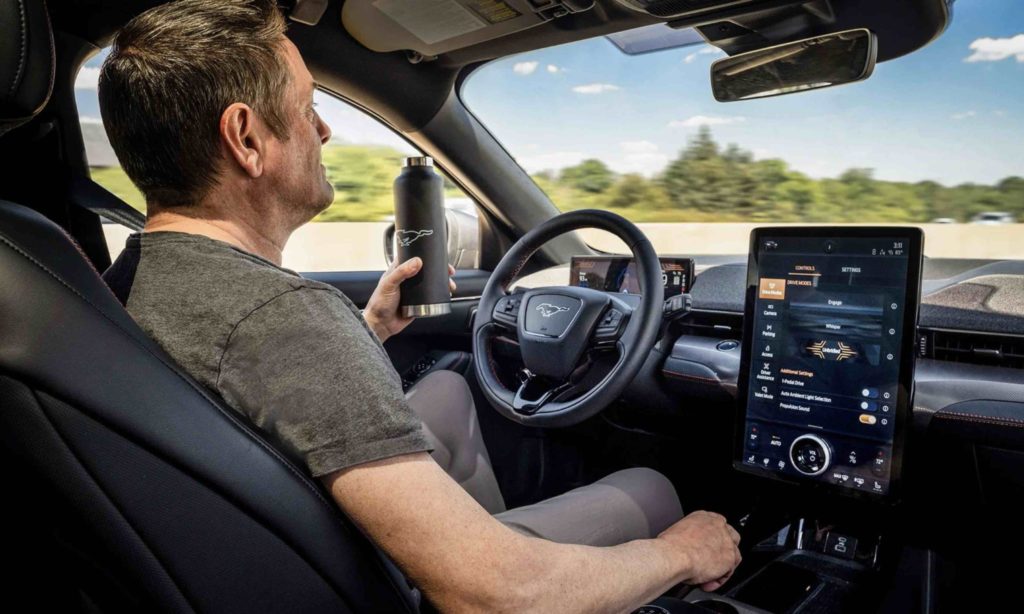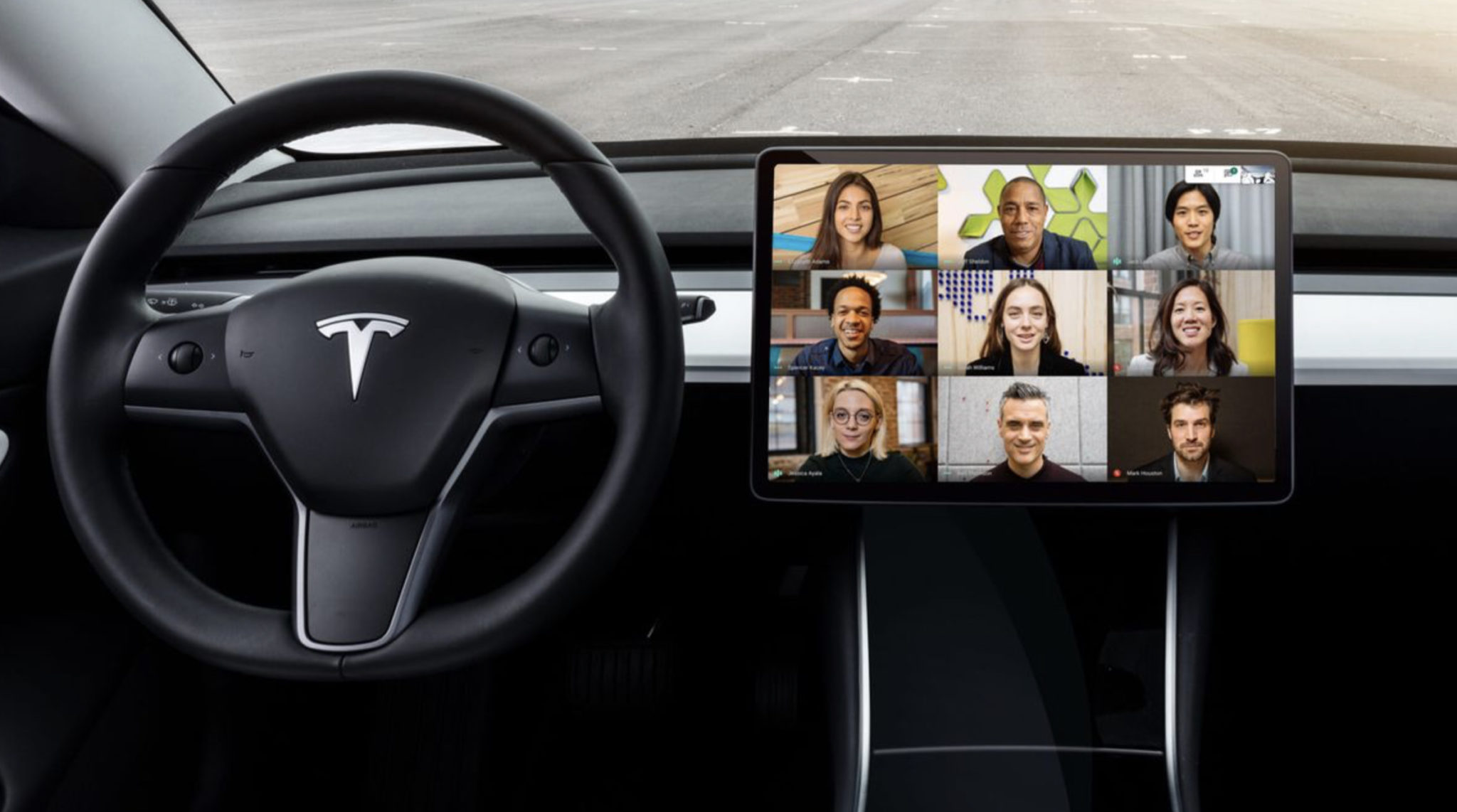Tesla’s irruption in the market is accelerating not only the transition towards the electric car but the complete transformation of the model of an industry that, in certain respects, remains anchored to centuries-old practices.
The Californian manufacturer’s commitment to a business model that breaks the traditional schemes promotes new perspectives on the part of the automobile industry beyond the electric car.
The direct sales model used by Tesla is being carefully studied by traditional manufacturers who are beginning to follow Elon Musk’s company’s footsteps when launching their new electric cars. Copying the direct reservation system with a deposit that he filled headlines with with the presentation of the Model 3.
But the most significant advance that the automotive sector, in the midst of a sales and identity crisis, is the opportunity that subscription services bring to brands to get extra and recurring income.
For more than 100 years, the traditional model was based on sales via dealers (with different models between Europe and the United States), income from maintenance and repairs during each vehicle’s useful life.
Until now, traditionally, cars were sold with base equipment and multiple options with a specific cost, but once the car was delivered, there was no way to make money except for repairs, maintenance, or merchandising.
Subscription Model
The arrival of online services and new platforms such as Apple Music, Spotify, Netflix, iCloud, etc., together with the transformation of managers’ mindset from the old dinosaurs of the automotive industry to the digital economy, offer new opportunities to do box at the owner’s expense.
The digital car’s transformation opens the door to sell services and even charge twice for technologies that incorporate vehicles.

Tesla began in September to charge its customers for its connectivity package while Ford intends to lift the ban, forcing customers who want to enjoy the driving assistance system, Ford Co-Pilot 360, to pay an extra $3,200 included in the optional Comfort and Technology package and then charge for its use.
In the case of the North American market, owners who purchase the Mach-E extra package, if they want to be able to enjoy the Autopilot competitor, will have to pay another $600, a figure that will only allow them to enjoy the driving assistant for three years.
This pattern, inaugurated by Tesla and followed quickly by the rest of the industry, seems to open a model aimed at achieving recurring income that fattens the income accounts of companies, at the cost of forcing owners to subscribe to different services to enjoy the benefits functions of their cars, even when these have already been previously paid as an option, as in the case of Ford.
This practice begins to be used in other brands that charge for navigation systems and later require extra subscriptions to access complete services such as Peugeot, Smart, and many others.
A New Expense

The connected electric or internal combustion car is liked by builders who look at the new revenue formula.
It remains to be seen whether all this will be associated with constant improvements in the car’s functions via OTA updates, as is the case with Tesla, or whether this idea collides with the century-old policy of offering new technologies only in new models, leaving those already sold with the same functionalities as the first day.
With the arrival on the market of payment services in the car, the domestic economy may suffer a significant increase in the so-called “ant expenses,” which little by little grow, in some cases more like an elephant expense than that of the small insect.
Subscription vs. Pay Per Use
The alternative to this fixed subscription system is given by a service use fee like the one Tesla is studying for its Autopilot.
This modality allows making profitable the economic investment that all monetary outlay implies since the user pays for the time and use of the service, something essential when we talk about the electric or traditional car, which spends most of the time standing still waiting for it to arrive in time to use it.
Pay-per-use allows you to optimize spending, while the subscription maintains a fixed fee that pays off slowly since it is paid out whether the vehicle is used or not.
The final decision that ends up implementing the industry will be dictated more by its commercial strategy, where we will possibly find differences between the offer of traditional companies versus those with a startup spirit that is closer, on occasions, to the sensitivity of the final public.
The debate on which is the best option and where the industry will focus its business model has just begun. The Next Avenue offers its readers the opportunity to express their opinion by sending us a message.

